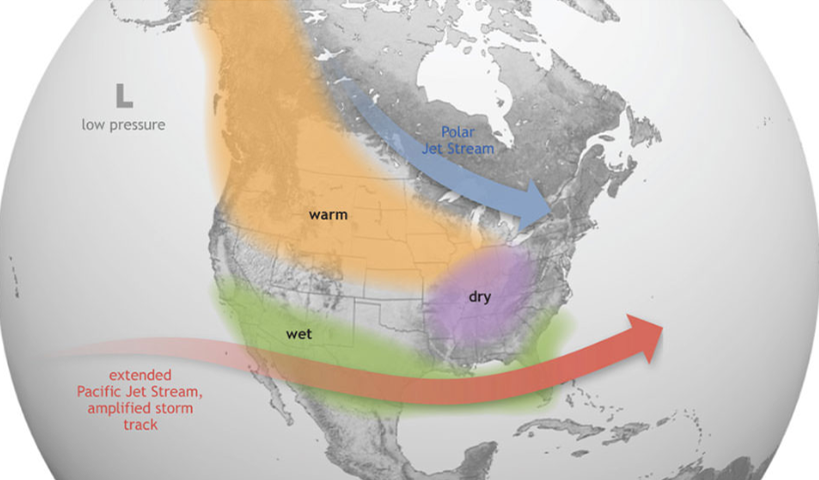El Niño
Genevieve Signoret & Delia Paredes
(Hay una versión en español de este artículo aquí.)
We continue to share excerpts from our September 11 report, Quarterly Outlook 2023–2025: Soft Landing Yet Again, where we present three scenarios for the global economy over the next two years. You can think of our scenarios as train tracks: each takes the economy in a different direction. A scenario is built on a group of assumptions. Our three sets of assumptions “pivot” the economy from one track to another.

Source: What are El Nino and La Nina? (noaa.gov).
The U.S. National Oceanic and Atmospheric Administration forecasts today’s El Niño season to continue moderate-to-strong through February 2024.
This could reduce crops. Reduced crops in turn could spark renewed inflation, especially in developing and emerging economies, where households have to allocate large budget shares just to eating. In turn, the resulting inflation could motivate central bankers in those countries to keep their policy rates higher for longer.
Equally, none of this could happen. How much El Niño will boost inflation or whether it will do so at all cannot be known in advance. Hence the need for an assumption.
In our central scenario, we assume that crops will not be hurt by El Niño and that in the short term this will not hamper central bank efforts to bring inflation down in emerging economies, including Mexico.
Our El Niño assumption helps explain why, in our central-scenario forecast, Banxico policy rates are seen to have already peaked.

